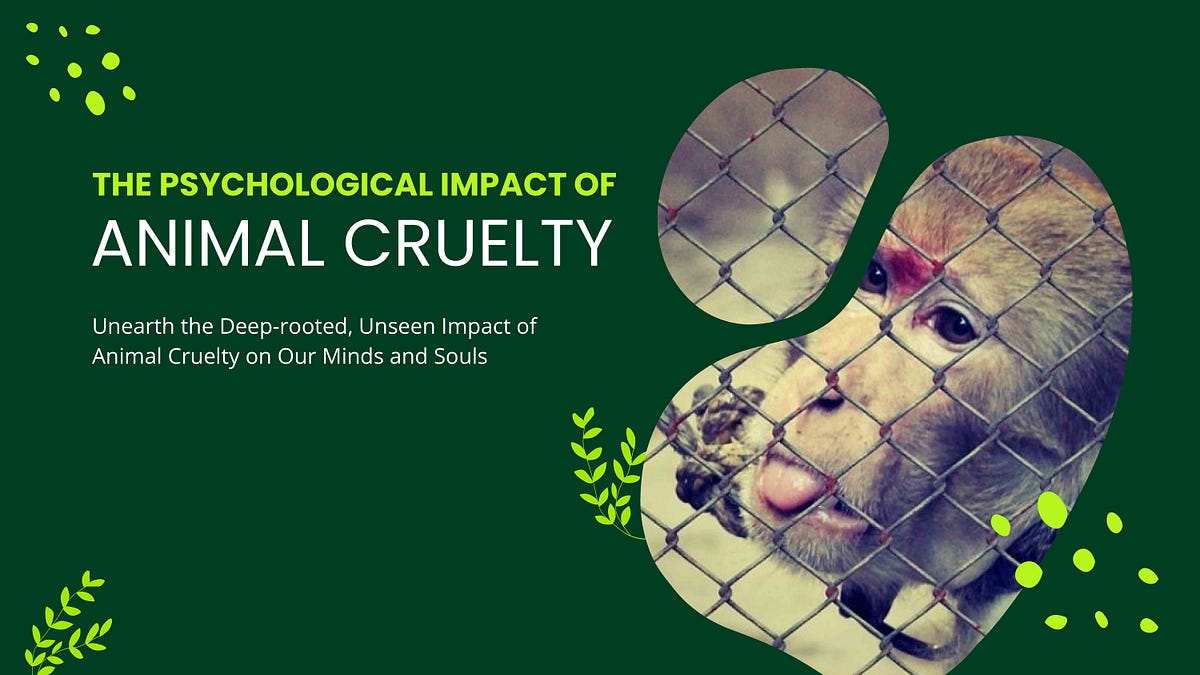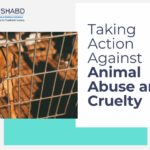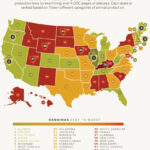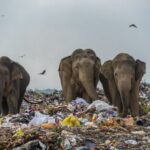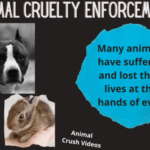The complex tapestry of human-animal relationships has been woven over millennia, resulting in deep emotional, cultural, and psychological connections. Yet, this connection is often marred by the stark reality of animal cruelty, a phenomenon that extends beyond its immediate victims to impact humans on multiple levels. Understanding the psychological ripple effect of animal cruelty is crucial for fostering empathy and catalyzing change.
At its core, animal cruelty is not merely an act of violence against a being incapable of advocating for itself; it is a manifestation of deeper societal issues. Those who perpetrate such acts often exhibit aberrant psychological profiles, which may include a disconnection from empathy and moral reasoning. Such individuals, often at the fringes of social acceptance, demonstrate that the propensity for harm can reflect broader tendencies toward violence within human societies.
Research indicates that those who engage in animal cruelty may be more likely to commit acts of violence against humans. This correlation raises alarming questions about the implications of unchecked cruelty, not only for the animal victims but also for the wider community. The normalization of violence against animals can desensitize the public, creating an insidious acceptance of brutal behavior. One might ponder: if society turns a blind eye to the suffering of the voiceless, how long can it be before humanity itself becomes devalued?
The psychological ramifications of animal cruelty extend to witnesses and communities as well. Individuals exposed to such acts can experience a range of emotional responses, from profound distress to an unsettling numbness. For some, witnessing animal abuse can trigger symptoms akin to post-traumatic stress disorder (PTSD). The emotional toll on those who confront the brutality can lead to feelings of helplessness and despair, intensifying their fractious relationship with the world around them.
But the effects do not end there. The phenomenon known as the “empathy gap” becomes evident. As individuals witness cruelty, their capacity for compassion can be eroded. Instead of fostering understanding and care for all sentient beings, exposure to violence can engender a cycle of desensitization and indifference. Consequently, communities that fail to protect animals may cultivate environments where human suffering is also disregarded.
Additionally, families might be affected when children witness or hear about animal cruelty. A child’s natural empathy can be stunted when faced with such brutality. They might assimilate a worldview that permits violence as a viable solution to problems, perpetuating a legacy of cruelty that spans generations. Educators and parents often find themselves grappling with how to address these delicate topics, fearing the impact on young minds but recognizing the necessity of fostering compassion.
The ramifications of animal cruelty, however, ripple into broader societal issues such as mental health and crime rates. A community’s failure to protect its most vulnerable members often leads to a pervasive sense of fear and mistrust. This environment can hinder social cohesion and collective wellbeing, fostering disunity rather than understanding. In extreme instances, such societal fractures give rise to increased rates of human violence and crime, thus challenging the fabric of communal safety.
Interestingly, the impact of animal cruelty can also align with feelings of guilt and shame within those who condemn such acts. Many individuals grapple with the uncomfortable reality of their complicity. Indifference or inaction can weigh heavily on one’s conscience, leading to moral dilemmas that exacerbate feelings of anxiety and depression. The challenge of reconciling one’s ethical beliefs with personal inaction can create a psychological burden that is difficult to bear.
Conversely, those who take an active stance against animal cruelty often find a profound sense of purpose and fulfillment. Engaging in advocacy, community education, and rescue efforts fosters resilience and promotes a culture of empathy. The transformation from passive observer to active participant can catalyze significant psychological healing, not only for the animals but also for the individuals engaged in the fight against cruelty.
This compelling duality illustrates the intricate pathways along which human psychology evolves in response to animal cruelty. The value of understanding these effects cannot be overstated. Through fostering empathy and compassion, societies can construct frameworks that not only protect animals but also enhance human welfare.
As we strive to address the issue of animal cruelty, it is vital to encourage dialogues that bridge the gap between species. Educational initiatives that highlight the interconnection between human and animal welfare can guide communities toward a more compassionate future. Inviting children and adults alike to examine their beliefs about animals may evoke a pivotal shift in perspective. Such conversations can amplify awareness, fostering a culture that prohibits cruelty in all its forms.
Ultimately, the psychological ripple effect of animal cruelty serves as a stark reminder of our shared responsibility toward all living beings. As we contemplate the significance of kindness and empathy, we pave the way for healing—not only within the animal kingdom but across the tapestry of human society. A future where we cherish the value of every life awaits; it simply requires a commitment to change from each of us.
